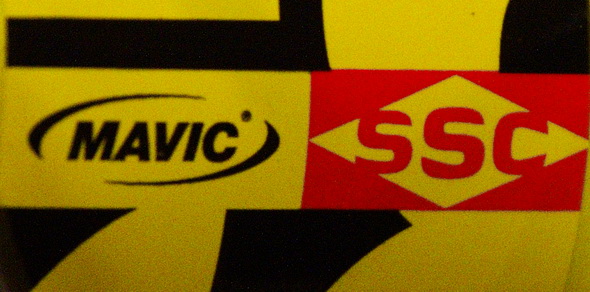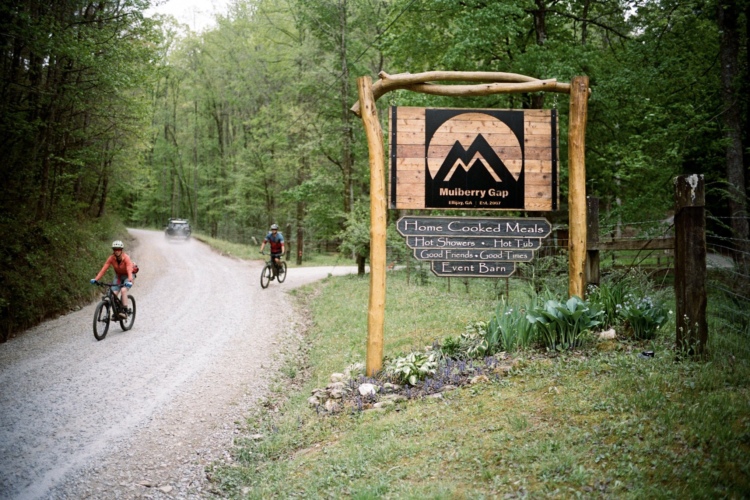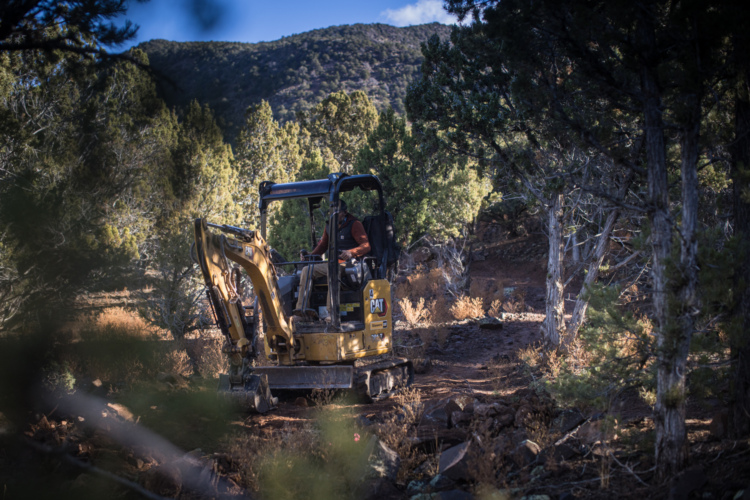Finding the perfect, or even the best, mountain bike shoe is a real challenge–at least for me. When one has a hard-to-fit foot, high demands, and is a cheapskate to boot, it’s unlikely finding a match will come easy. That’s why, upon discovering the Pear Izumi Vagabond, I was loyal for life. But, as they say, life is too short. In this case, PI discontinued the Vagabond. This wasn’t just a name change; they discontinued the design itself and their other shoes all use a different last, so the fit is completely different. So–the search for a new shoe began.

Enter the Serfas Trax. I just happened to be in my LBS picking up a few things when I passed by the shoe rack and saw these sitting there. I had worn Serfas sunglasses in the past and they fit well, had all the features I wanted, and were inexpensive enough that I wouldn’t have a coronary if I lost or broke them. Could Serfas achieve the same advantages with their shoes?
Here’s what I expect out of my MTB shoes:
- Good fit (that’s a hard one for me)
- Adequate (not necessarily race level) power transfer
- Comfort and traction for hike-a-bikes
- Reasonable price
Well, the price was surely acceptable–$70. That’s about $10 less than I paid for my PIs–low enough actually to be a concern that the shoes would be lacking in some way. So I tried them on with no expectations.
The fit system is somewhat unique, taking a standard, lace-up shoe and adding a single velcro strap over the instep. I was skeptical about the closure system, but tried it on and found I could really fine tune things to my liking. What’s more, I could comfortably walk around in this shoe, making me look forward to hitting the most technical trails I could find.
In practical application, the closure system did have one drawback however. The laces were quite long and would flop around slapping cranks and/or my leg on every pedal stroke. So, before each ride I would have to tie the shoes and then gather up all the excess lace, carefully fold it up, and hold it in just the right position under the area covered by the velcro strap before cinching down. This was definitely a drawback as I just like to go ride when I get to the trail and not worry about my equipment.
Once on the trail however, the shoes performed better than I could have hoped. Power transfer was more than adequate, especially for such a comfortable shoe. The comfort level was great, providing no areas that were too tight or too lose, and the grippy sole was confidence-inspiring when shouldering my rig up a slick rock face. Suddenly, having to tuck in my laces seemed a small price to pay and I had finally found my new shoe!
But alas, the love affair ended up being short lived. Within a month, I noticed when walking that if I placed weight on the inside of the ball of my foot, the shoe would give way, much like the sidewall of an underinflated tire in hard cornering. Upon inspection, I noticed the grippy rubber sole had begun to split apart from itself and separate from the harder sole underfoot where the cleat rests. With a couple more days riding time, this ended up happening on both shoes, and on both the inside and outside edges. I suspected I had a defective pair.

I then returned the shoes to the LBS where I purchased them and after some harder-than-it-should-have-been negotiating, they agreed to return the shoes to Serfas and get me a new pair. This process took over five weeks! With my new shoes in hand, I trotted back out to give ’em another go.
Again, in just under a month, the exact same problem arose. In the end, I had to conclude that it was the product itself rather than this specific pair that was flawed. And my search for the ultimate MTB shoe continues . . .
Your turn: Have you found the perfect MTB shoe?









